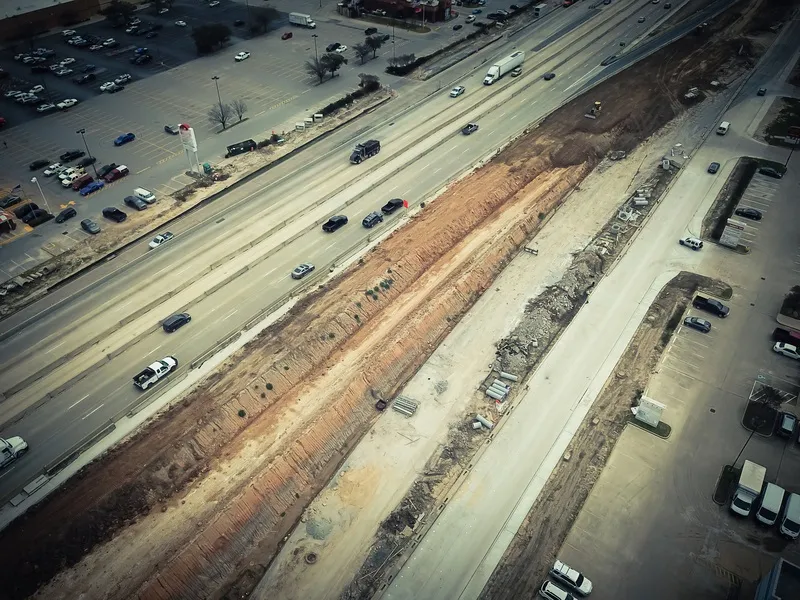The US Department of Transportation has received 212 applications totalling nearly US$9.8 billion for grants through the newly-created Fostering Advancements in Shipping and Transportation for the Long-term Achievement of National Efficiencies (FASTLANE) grant program.
Of these, 136 represent projects in urban areas, while the remaining 76 would support rural projects.
“Transportation creates jobs and makes jobs of the future possible. We know there is pent up demand for projects that will speed up th
May 23, 2016
Read time: 1 min
The 324 US Department of Transportation has received 212 applications totalling nearly US$9.8 billion for grants through the newly-created Fostering Advancements in Shipping and Transportation for the Long-term Achievement of National Efficiencies (FASTLANE) grant program.
Of these, 136 represent projects in urban areas, while the remaining 76 would support rural projects.
“Transportation creates jobs and makes jobs of the future possible. We know there is pent up demand for projects that will speed up the delivery of goods and make America even more competitive. Today, we have even more evidence,” said US Transportation Secretary Anthony Foxx. “We're going to do our best to support high impact transportation projects that will lay a new foundation for job creation and exporting American made goods throughout the world.”
The FASTLANE program was established in December 2015 as part of the Fixing America’s Surface Transportation (FAST) Act to fund critical freight and highway projects across the country.
Of these, 136 represent projects in urban areas, while the remaining 76 would support rural projects.
“Transportation creates jobs and makes jobs of the future possible. We know there is pent up demand for projects that will speed up the delivery of goods and make America even more competitive. Today, we have even more evidence,” said US Transportation Secretary Anthony Foxx. “We're going to do our best to support high impact transportation projects that will lay a new foundation for job creation and exporting American made goods throughout the world.”
The FASTLANE program was established in December 2015 as part of the Fixing America’s Surface Transportation (FAST) Act to fund critical freight and highway projects across the country.









